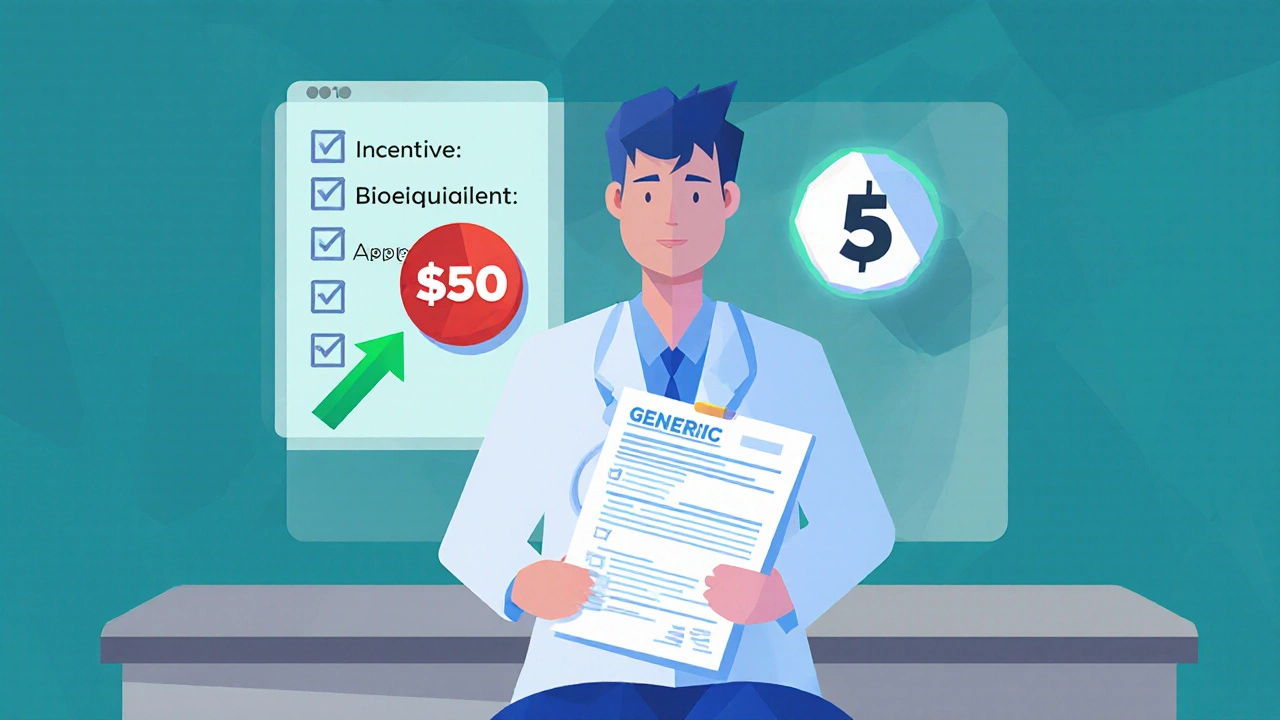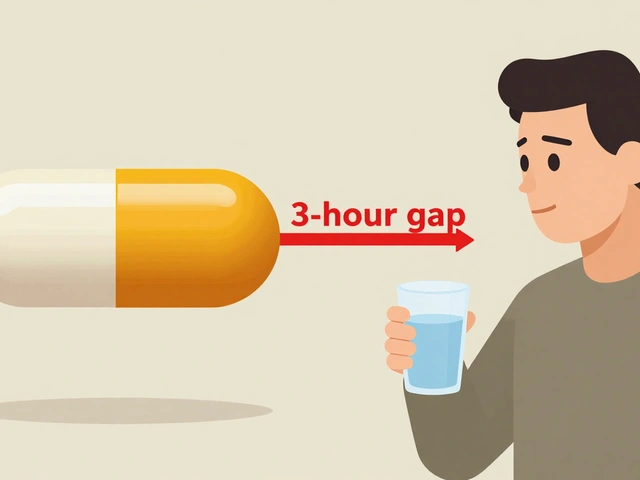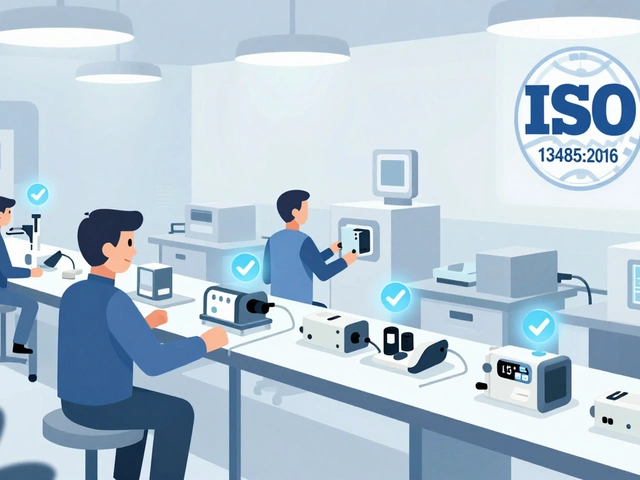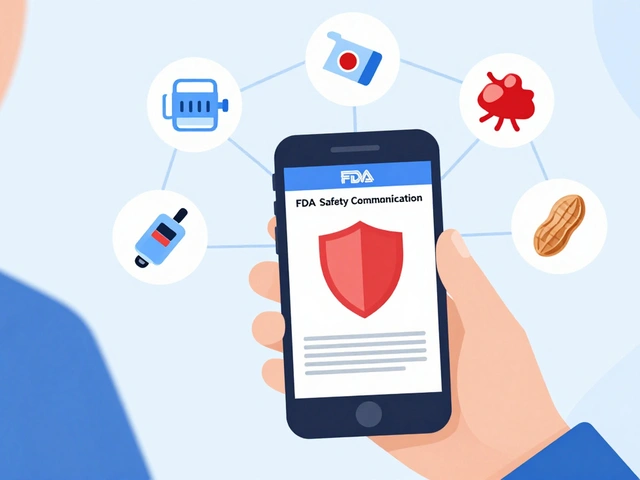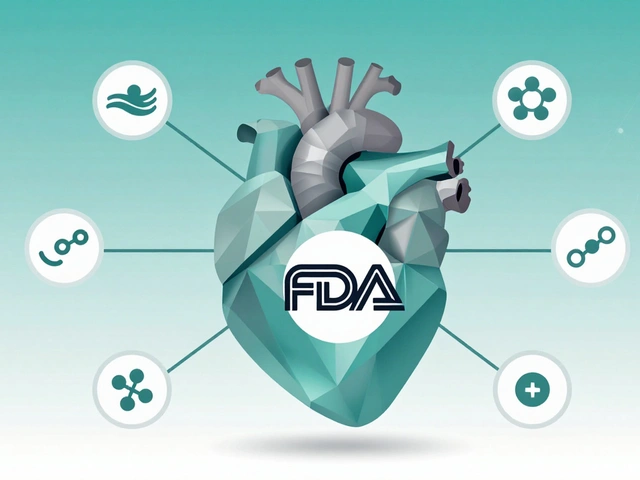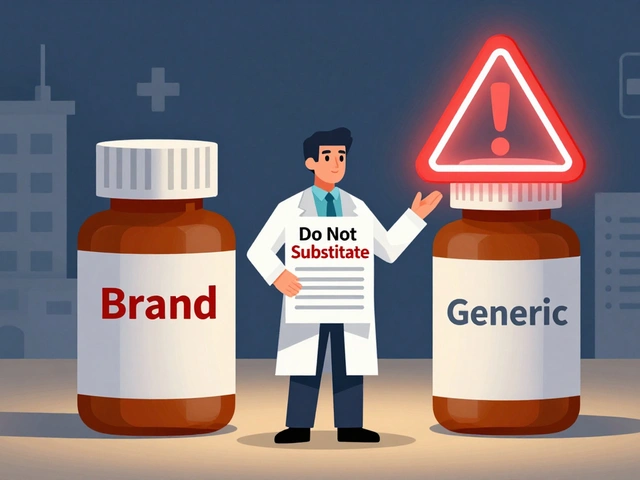Provider Rewards: How Incentives Shape Prescribing and Drug Access
When you visit your doctor, you might assume they pick your medicine based only on what’s best for your health. But provider rewards, financial or non-financial incentives given to healthcare providers for prescribing certain drugs. Also known as pharmaceutical incentives, it’s a system that quietly shapes what ends up in your prescription bottle. These rewards aren’t always cash in hand—they can be meals, travel perks, speaker fees, or even data-driven bonuses tied to how often a drug is prescribed. And while they’re legal in many places, they often push doctors toward expensive brand-name drugs—even when a generic version works just as well.
Why does this matter? Because generic drugs, medications that are chemically identical to brand-name versions but cost up to 90% less are sitting on shelves, waiting to be used. Yet doctor prescribing, the process by which clinicians choose which medications to recommend is still heavily influenced by marketing, not science. Studies show doctors who receive payments from drug companies are more likely to prescribe those companies’ drugs—even when guidelines say otherwise. Meanwhile, patients pay more, insurers struggle, and public health suffers. This isn’t about bad doctors. It’s about broken systems that reward volume over value.
And it’s not just about money. drug pricing, the cost structure behind medications that determines who can afford them is tied directly to these incentives. When providers are nudged to choose pricier options, it fuels a cycle where companies spend more on marketing than research, and patients get stuck paying the difference. You’ll find posts here that dig into how patent loopholes like evergreening keep generics off the market, how medical schools fail to teach bioequivalence, and how the MedWatch system tracks the real-world impact of these choices. Some posts even show how lifestyle changes can reduce side effects from overprescribed drugs. This isn’t theory. It’s what’s happening in clinics, pharmacies, and your own medicine cabinet.
What follows is a collection of real, grounded articles that expose how provider rewards connect to everything from patent battles to patient safety. You’ll see how incentives distort treatment for depression, heart disease, allergies, and more. No fluff. No corporate spin. Just facts about how your care is shaped—and how you can push back.
Generic prescribing incentives reward doctors for choosing cost-effective generic drugs. Learn how these programs work, their real-world impact, and why some providers push back-even when generics are just as effective.
Continue reading...

